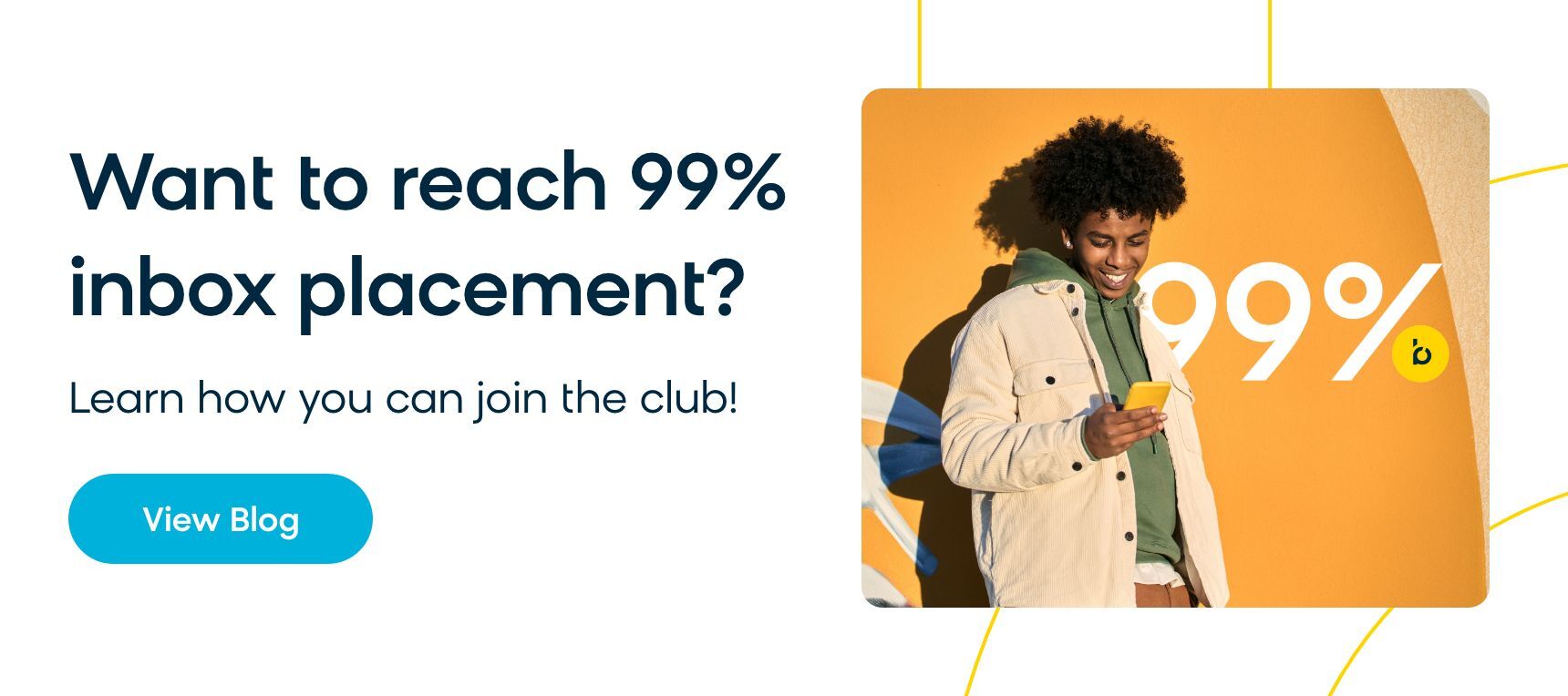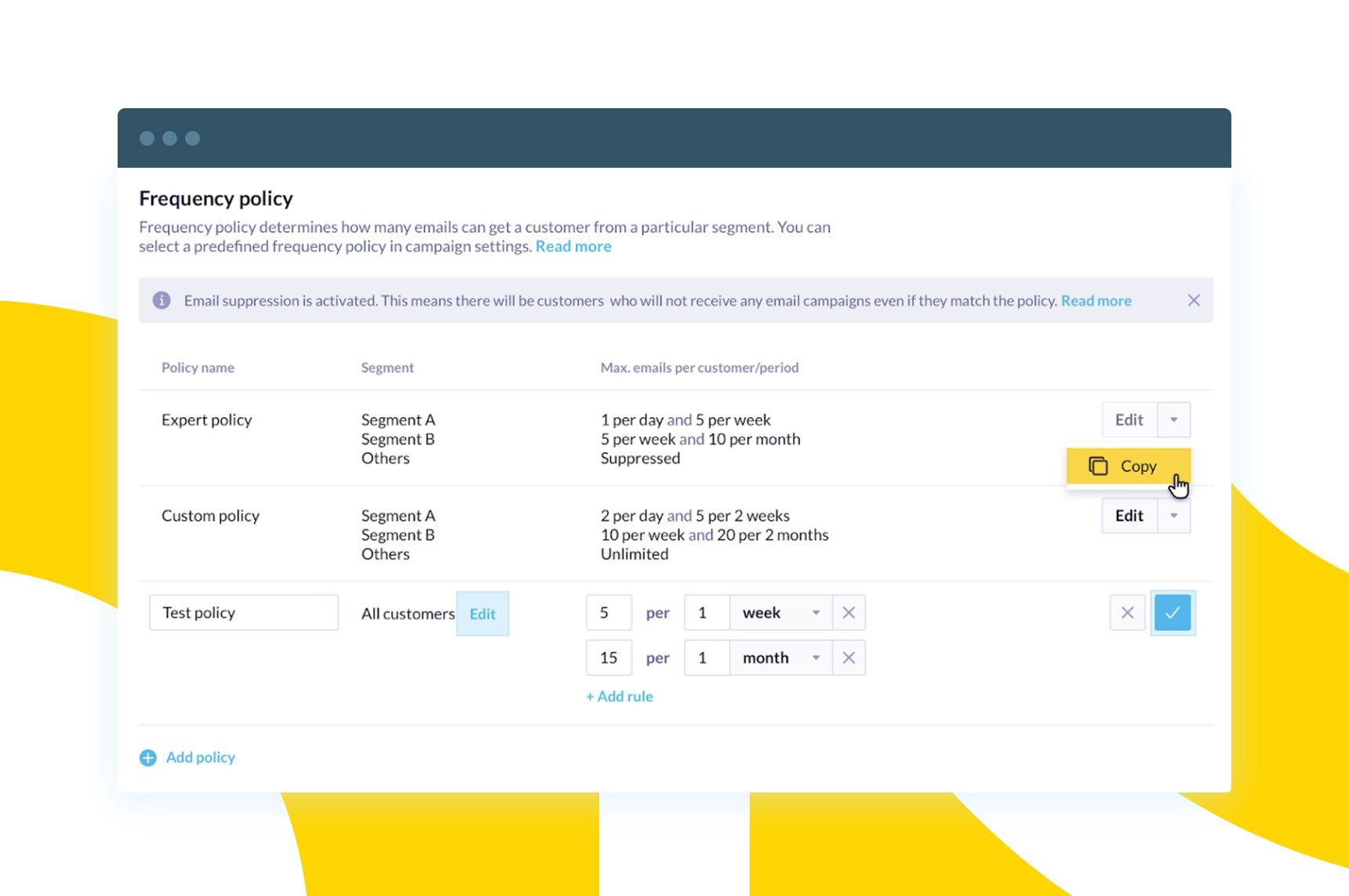Have you been struggling to get your emails into Hotmail and Outlook inboxes? Don’t worry — you’re not alone.
Microsoft domains are notoriously the most sensitive of the mailbox providers. It also doesn’t help that what Microsoft is looking for in terms of reaching the inbox can be a bit of a minefield of information and recommendations. Let’s unpack this in a more digestible way to improve your email deliverability.
Understanding DMARC and PTR Records
The first thing you need to do as a sender is get authenticated. This means that you’ll need to have DNS, SPF, DKIM, and even MX records set for each sender domain. However, we are seeing better performance with Microsoft for clients who take a few extra steps, the first of which is setting up a DMARC record.
What is a DMARC record? It’s a domain record that authenticates you as the legitimate sender from your domain. It helps prevent others from attempting to use your domain for phishing, fraud, or scamming. From a deliverability perspective, the mailbox providers really endorse it as it allows them to trust you more as a sender. As for Microsoft, we believe the presence or absence of this record is especially noted, and impacts where your emails are placed.
The next step where we are seeing a healthy response from Microsoft is setting up a PTR record, which is a reverse DNS record. As an email sender, you’ll have a DNS record set up already. However, a reverse DNS record works a little bit like two-factor authentication, and for Microsoft, this appears to be another tick to position you as a good, legitimate sender and not a spammer.
Getting the above setup will be the best foundation from a technical perspective. However, it may not be enough. Next on your list should be avoiding spam traps and keeping spam complaints super low.
Avoiding Spam Traps
Spam traps are notoriously dangerous in the world of email deliverability. They may look like an email address, but they aren’t. A spam trap email doesn’t belong to your customer nor is it used for communication — instead, it’s typically owned and monitored by the mailbox providers who use these fake email addresses to monitor senders with poor list acquisition practices or senders who aren’t focused on targeting active customers.
The good news is that getting your list validated will help eliminate spam traps from your sends. By using a double opt-in process for your email sign-ups, you can catch any spam trap emails before they make it onto your mailing list. Be sure to validate your list to avoid this particularly painful deliverability issue.
If you’re seeing spam complaints higher than 0.1% with Hotmail or Outlook, you’ll struggle to reach the inbox. Microsoft will not tolerate spam complaints above this rate — it’s a massive red flag that your emails do not belong in recipients’ inboxes.
So how do you control spam complaint rates? The number one reason for recipients reporting you as spamming their inboxes is frequency. Some people are really not that engaged with your emails, but are still receiving far too many. They may ignore your emails for a time, but eventually, the recipient marks you as spam. The key recommendation here is to take the frequency down radically for less engaged recipients and only keep a high frequency for the most engaged users.
Additionally, if you haven’t enabled “List Header Unsubscribe” in your emails, please do so. It’s another check made by the mailbox providers, and bulk senders should have this functionality enabled. It’s important to note that having this enabled won’t drive more unsubscribes. What it does do is ensure that people who want to leave the list can do so easily by unsubscribing (and not reporting you as spam).
Improving Email Content
Next, we turn to what many clients will find to be the most difficult to implement, and that’s improving their email content. I’ve seen clients who have done all of the above, but were still seeing emails landing in the spam folder. That’s because the content itself is absolutely crucial. Microsoft will score your content for “spamminess,” and if you fail that test, your emails will be placed in the spam folder.
To combat this, start by looking at the size of your emails. We’ve seen some clients’ emails getting too large (they should be under 100KB) due to the content being too reliant on images. You need to get more system text into your emails to help balance the image-to-text ratio. A good benchmark here is to achieve 500 characters of text minimum per email. Please note, text that appears on an image doesn’t count toward this ratio (it’s still just considered an image).
If your email-sending partner can do so, ask them to conduct a BCL (Bulk Complaint Level) check for your emails. This is a scale used by Microsoft to rank senders, and it operates on a 0-9 score. Typically, 0-4 will see emails placed in the inbox, while 5-9 will result in emails going to the spam folder. In Microsoft’s own words, “A higher BCL value indicates a bulk message that is likely to exhibit undesirable spam-like behavior.”
To get the score down, be sure to work on the following:
- Improve your text-to-image ratio
- Support all images with alt text
- Avoid spam trigger words such as “% off,” “Free,” or “Ending soon”
- Avoid emojis in subject lines
- Avoid broken links and links that take recipients to “unknown” websites (other than your own website)
Send Engaging Emails With Bloomreach
All of the above takes time and effort. However, in email marketing, we need to respect that reaching a recipient’s inbox should not be taken for granted. We need to display the traits of a good sender before we can gain that access. With Bloomreach Engagement, you get all the tools you need to create compliant, relevant emails that customers want to open and interact with. Learn more about our email marketing capabilities today.















